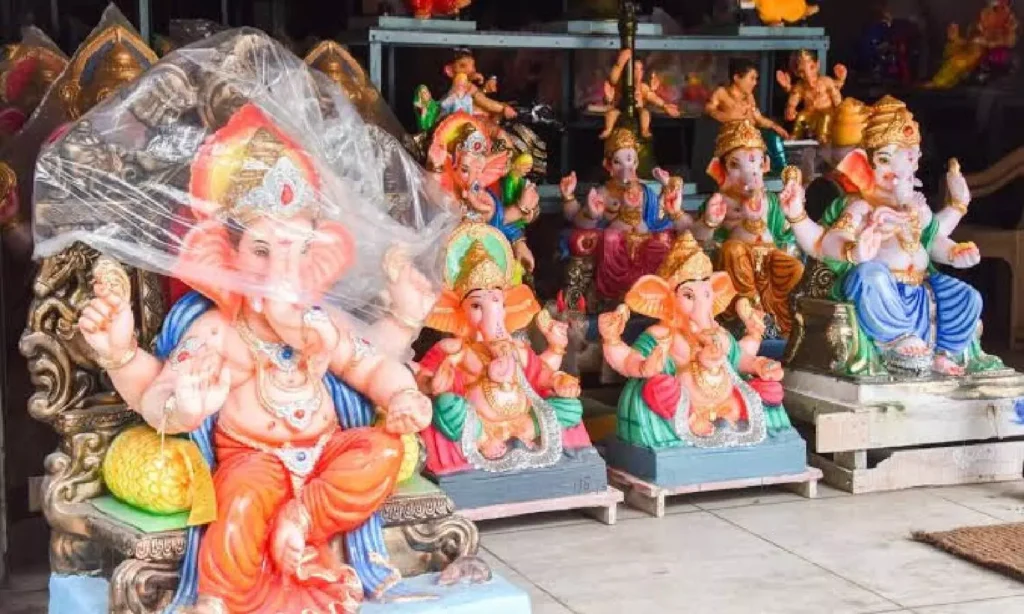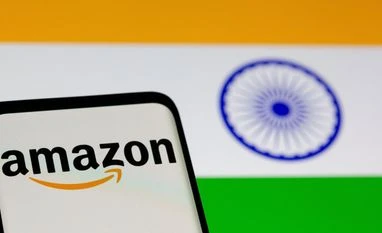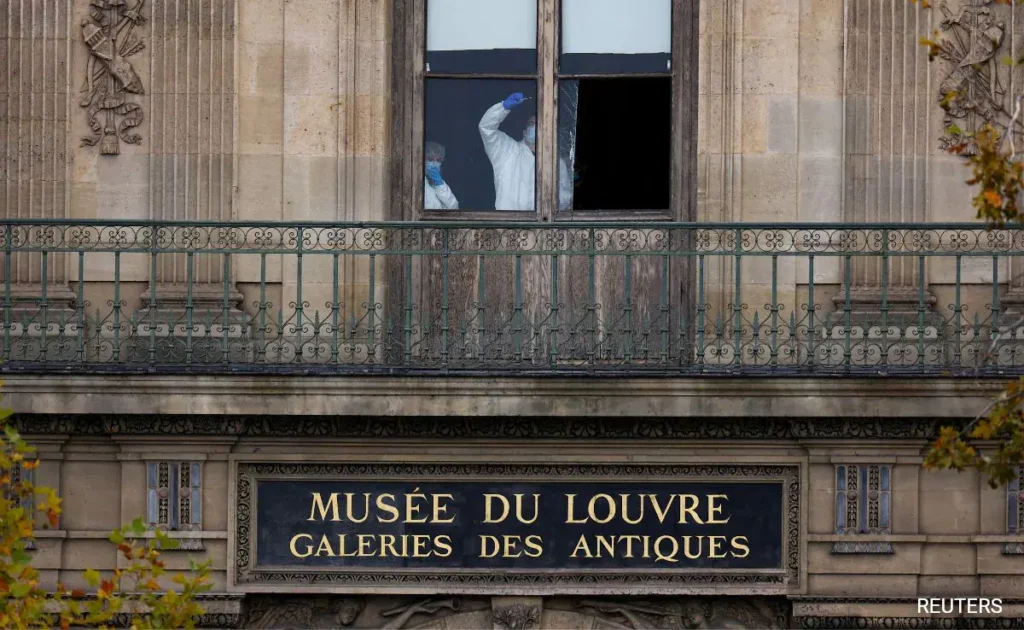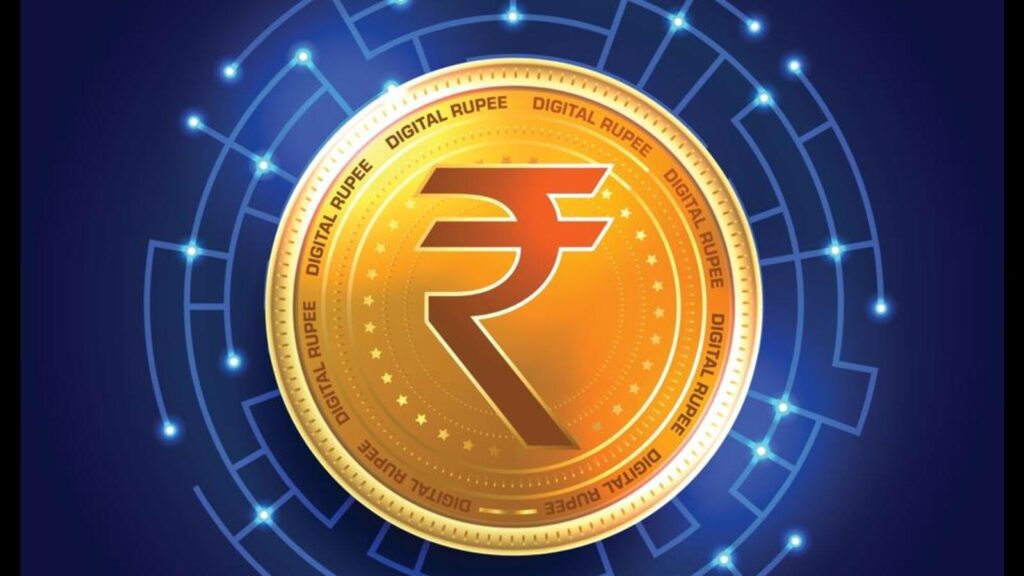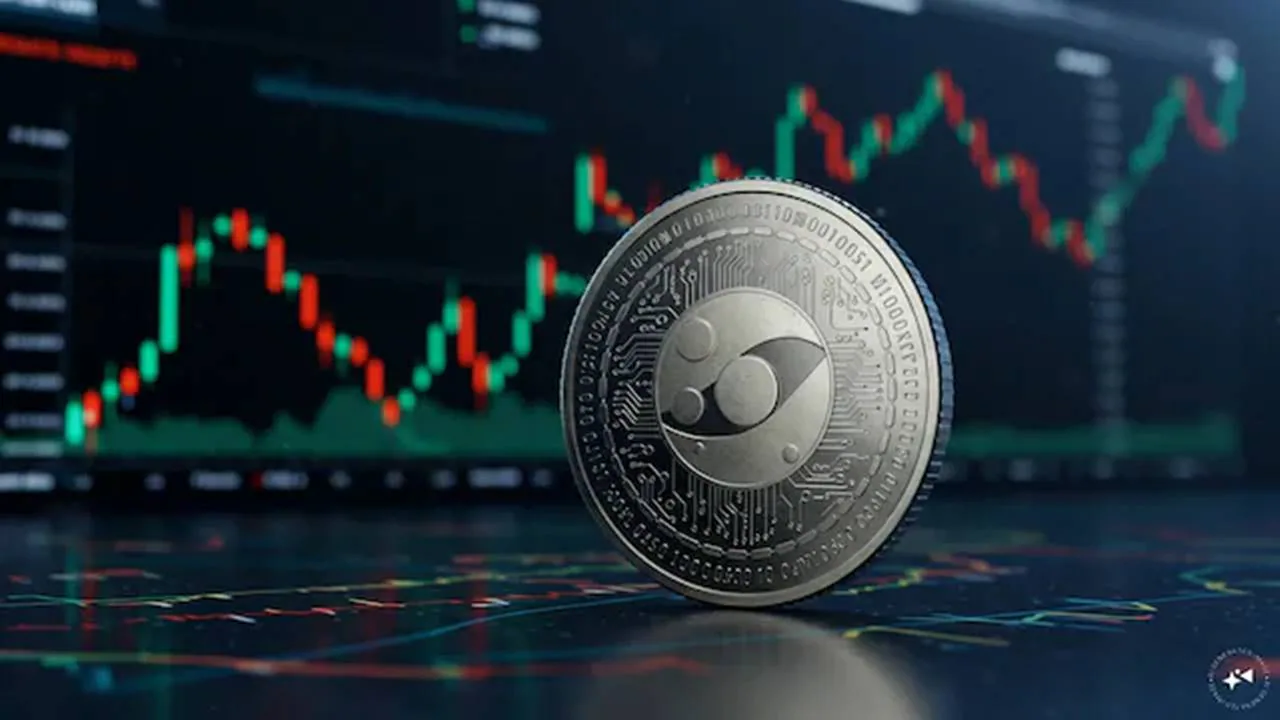Now Reading: Digital Rupee Steps Into Daily Life: What India’s CBDC Rollout Means for You
-
01
Digital Rupee Steps Into Daily Life: What India’s CBDC Rollout Means for You
Digital Rupee Steps Into Daily Life: What India’s CBDC Rollout Means for You
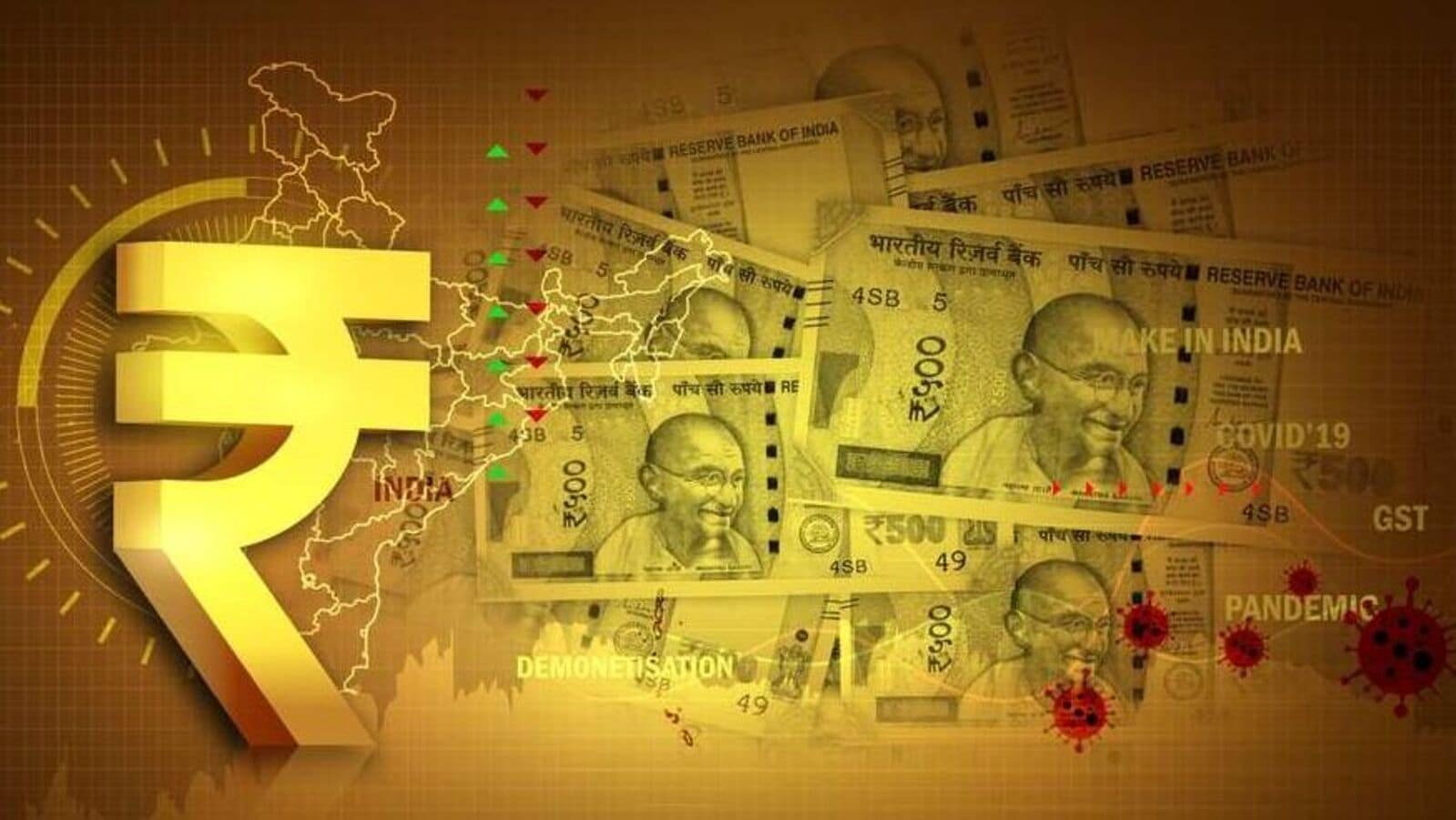
India’s digital rupee is no longer just a pilot project—it’s slowly becoming a part of everyday financial life. As the Reserve Bank of India expands its Central Bank Digital Currency (CBDC) efforts, banks and users are testing how this new form of money works. But beyond the buzzwords, what does this shift really mean for ordinary citizens, especially in Tier 2 cities and small towns?
What is the Digital Rupee?
The digital rupee is India’s official virtual currency, issued directly by the RBI. Unlike cryptocurrencies like Bitcoin, this one is backed by the government. It’s designed to function just like physical cash but in a digital format—meaning it can be used for payments, savings, and transfers through apps and wallets provided by banks.
Where and How It’s Being Used
Currently, the digital rupee is being tested in both retail and wholesale formats. Banks like SBI, HDFC, and ICICI have begun offering CBDC wallets where users can store and spend their e₹. Some cities have already seen local merchants accepting digital rupee payments, especially near railway stations, colleges, and grocery stores.
While the adoption is still in early stages, RBI is aiming to make it as familiar and easy as using UPI. In fact, in future, it could work even without an internet connection.
Why It Matters to Tier 2 Cities
Tier 2 cities and semi-urban areas could benefit the most. The digital rupee can reduce reliance on cash in places where bank branches or ATMs are limited. It also promises faster settlements for local traders, simpler remittances for migrant workers, and more secure transactions for women and senior citizens wary of carrying physical cash.
For those not comfortable with private apps or skeptical of online banking, the digital rupee offers a government-backed alternative that blends familiarity with security.
Privacy, Security, and Concerns
One key question is about privacy. While UPI tracks every transaction, the RBI claims the digital rupee will offer more anonymity—closer to using cash. However, exact details on data handling are still evolving. Users also want to know what happens if their phone is lost or hacked. Banks are working on these concerns with layered security systems, though awareness is still low.
The Road Ahead
Experts say full-scale rollout may take a few more years, but its direction is clear. As trials expand across cities and use-cases widen—from transport payments to local markets—the digital rupee could soon become a standard option in India’s financial toolkit.
Conclusion:
The digital rupee is not just another fintech experiment—it’s a government-driven shift toward how India might transact in the future. While it’s still early, the potential is huge, especially for communities outside metros. As adoption picks up and tech barriers come down, the digital rupee may soon be as common as cash, with more control and fewer middlemen.



